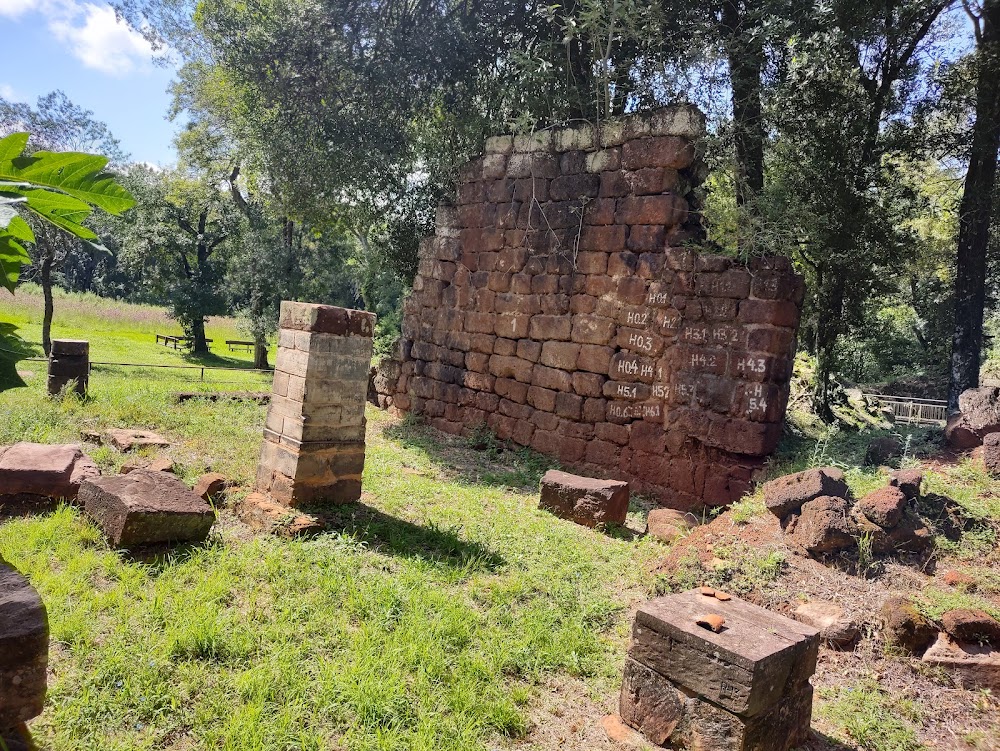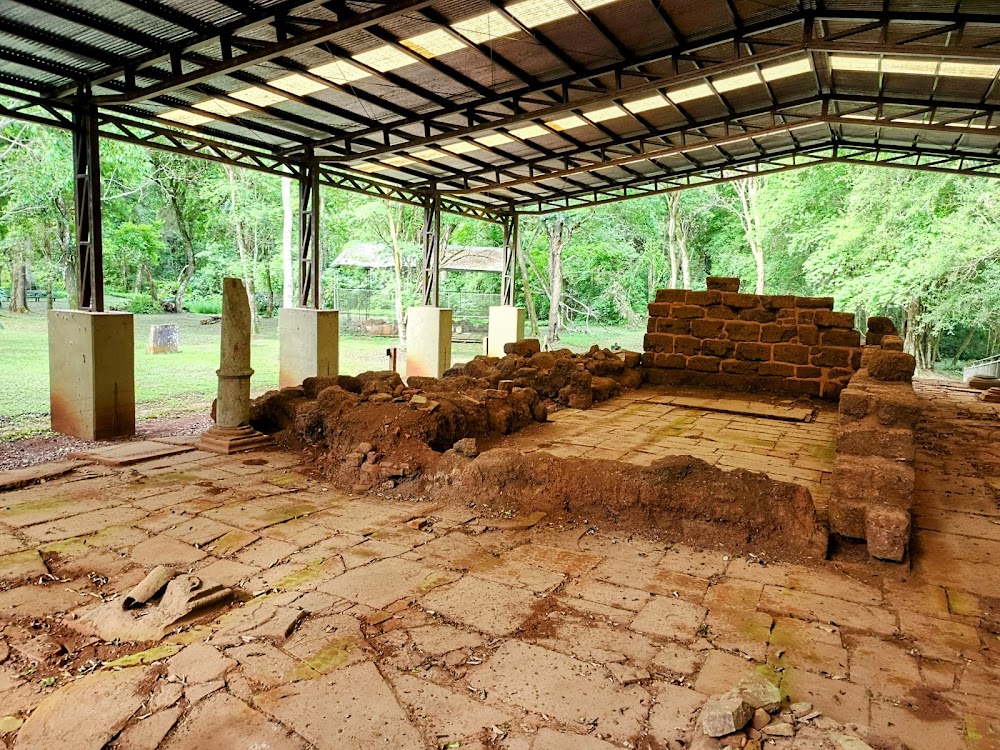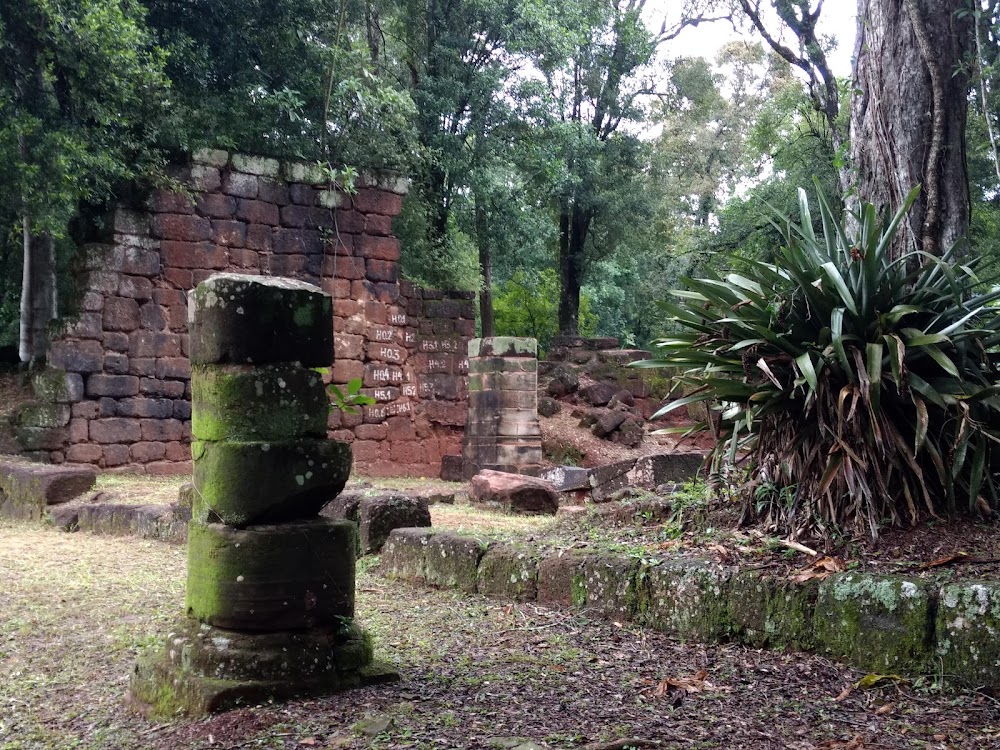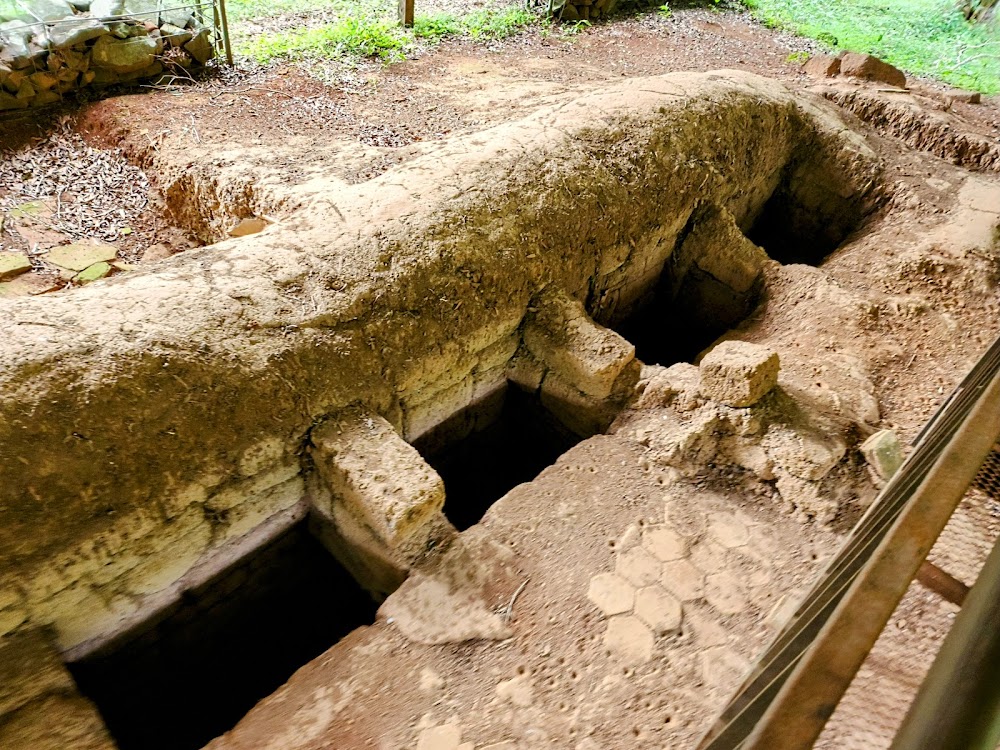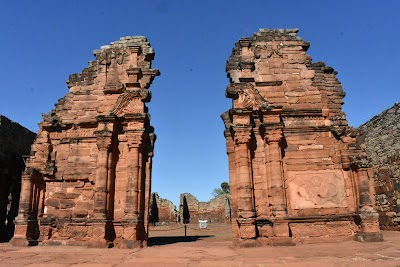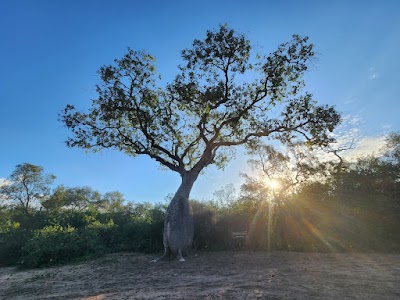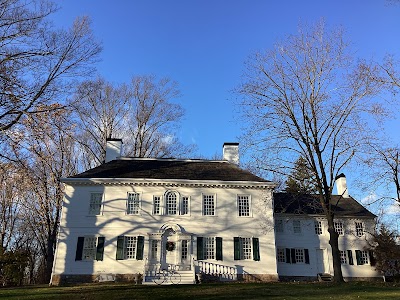Ruins of Loreto (Ruinas de Loreto)
Overview
In the heart of Misiones, Argentina, lies the captivating ruins of the Misión Jesuítica de Nuestra Señora de Loreto. Established in 1610 by Spanish Jesuit missionaries, this remarkable site is nestled within lush, subtropical forests. The Jesuits aimed to evangelize the Guaraní indigenous people, fostering a structured community where they could thrive and embrace Christianity.
The location of the mission was strategically chosen, positioned near vital rivers that facilitated transportation and trade. The Misión de Nuestra Señora de Loreto quickly grew in significance, becoming one of the most important missions in the region. At its height, it supported nearly 7,000 Guaraní inhabitants, who lived harmoniously alongside the Jesuit fathers.
Construction of the mission began with a modest chapel, which evolved into a grand church crafted from local red sandstone. This structure uniquely blended European Baroque architecture with indigenous techniques and motifs. Under the guidance of the Jesuits, Guaraní artisans skillfully utilized natural materials to create intricate carvings and impressive structures, enhancing the mission's beauty and spiritual ambiance.
Central to the mission complex was the church and a lovely square, around which key buildings were organized. These included a school, workshops, and living quarters for Guaraní families. The Jesuits prioritized education and vocational training, teaching the Guaraní various trades such as carpentry, blacksmithing, and agriculture, alongside literacy and religious studies.
Agriculture was fundamental to the mission's economy. The fertile land surrounding the mission produced crops like maize, beans, and cotton, while livestock was also raised. This self-sufficiency allowed the mission to flourish economically and support its inhabitants. Surplus produce was often traded with other missions and settlements, establishing a robust network of commerce in the region.
Despite its initial successes, the Misión de Nuestra Señora de Loreto faced significant external pressures. Jesuit influence and the relative autonomy of the missions drew opposition from European settlers and colonial authorities. Additionally, Portuguese slavers often raided the missions, capturing the Guaraní to sell them into slavery in Brazil.
The turning point for the mission arrived in the mid-18th century when King Charles III of Spain, succumbing to pressure from other European powers, issued an order for the expulsion of the Jesuits from all Spanish territories in 1767. This decree marked the end for Nuestra Señora de Loreto and other Jesuit missions in the region. Without Jesuit leadership, these communities rapidly disbanded, leaving their structures vulnerable to the ravages of time and nature.
Today, the ruins of Nuestra Señora de Loreto stand as a poignant reminder of this unique chapter in history. Now part of a UNESCO World Heritage site, it attracts visitors from around the globe who come to marvel at the remnants of the grand church, the exquisite stone carvings, and the original mission layout. Ongoing preservation and study efforts aim to deepen our understanding of the life and culture of the mission’s inhabitants.
Exploring the ruins offers a fascinating glimpse into the past, showcasing the remarkable achievements of both the Jesuit missionaries and the Guaraní people. This site underscores a period of cultural convergence, where European and indigenous elements merged, significantly enriching the region's cultural history.
Wandering through the ruins, with their quiet dignity and haunting beauty, allows visitors to appreciate the resilience and creativity of those who lived and labored here over three centuries ago. The Misión Jesuítica de Nuestra Señora de Loreto remains a testament to the enduring legacy of the Jesuit missions in Argentina, inviting all to reflect on the intricate tapestry of history woven into its stones.


